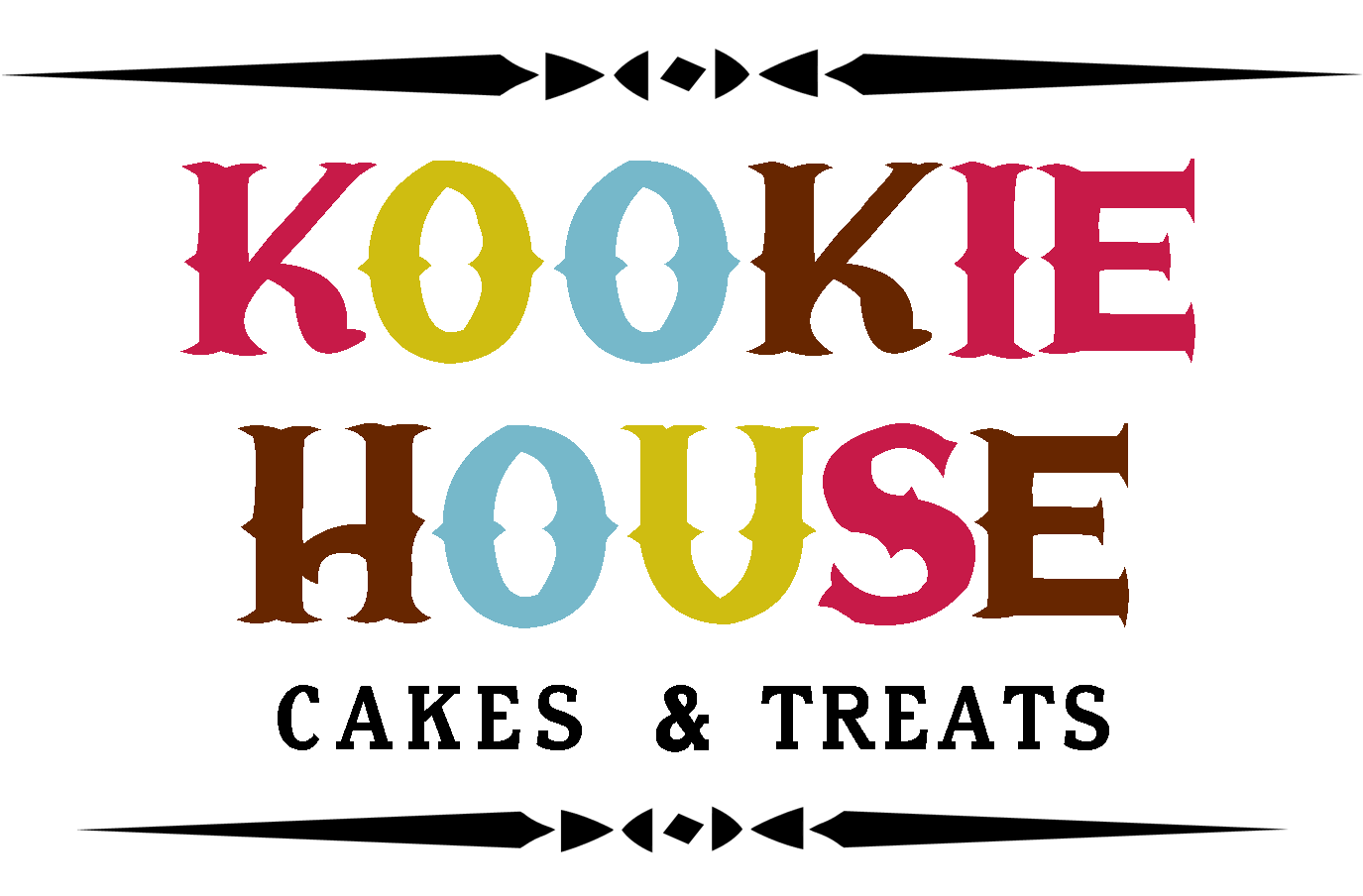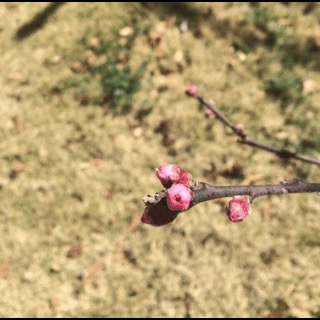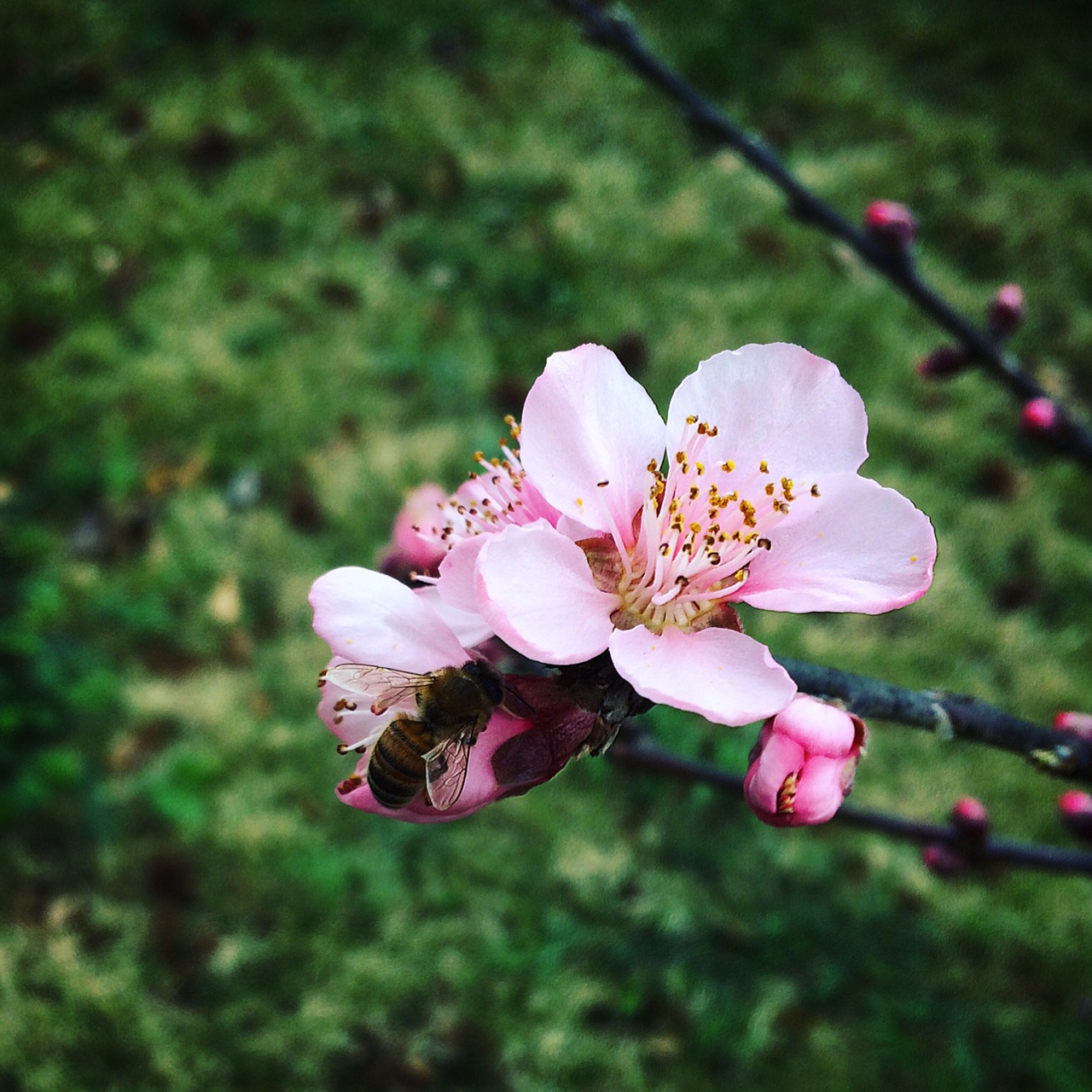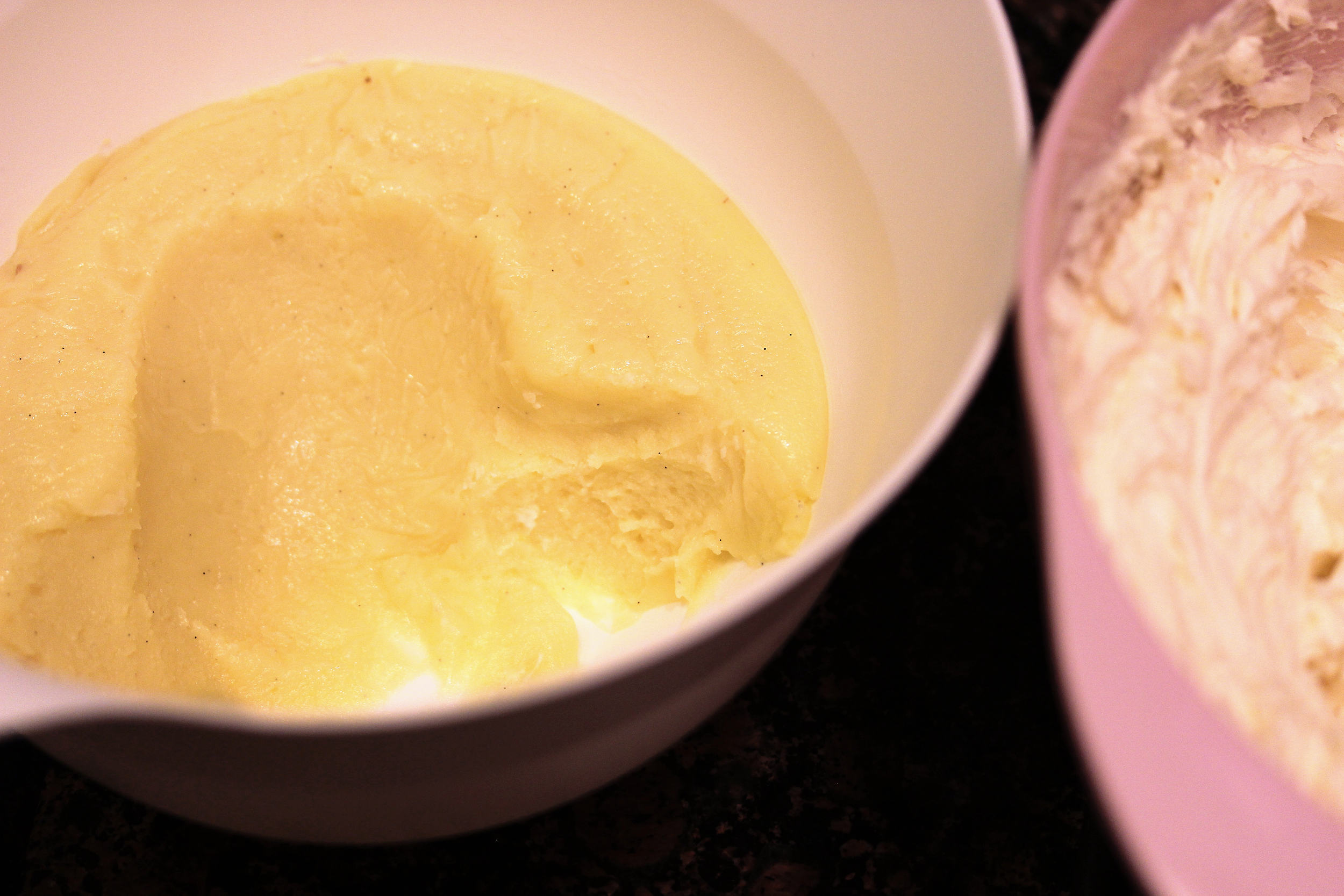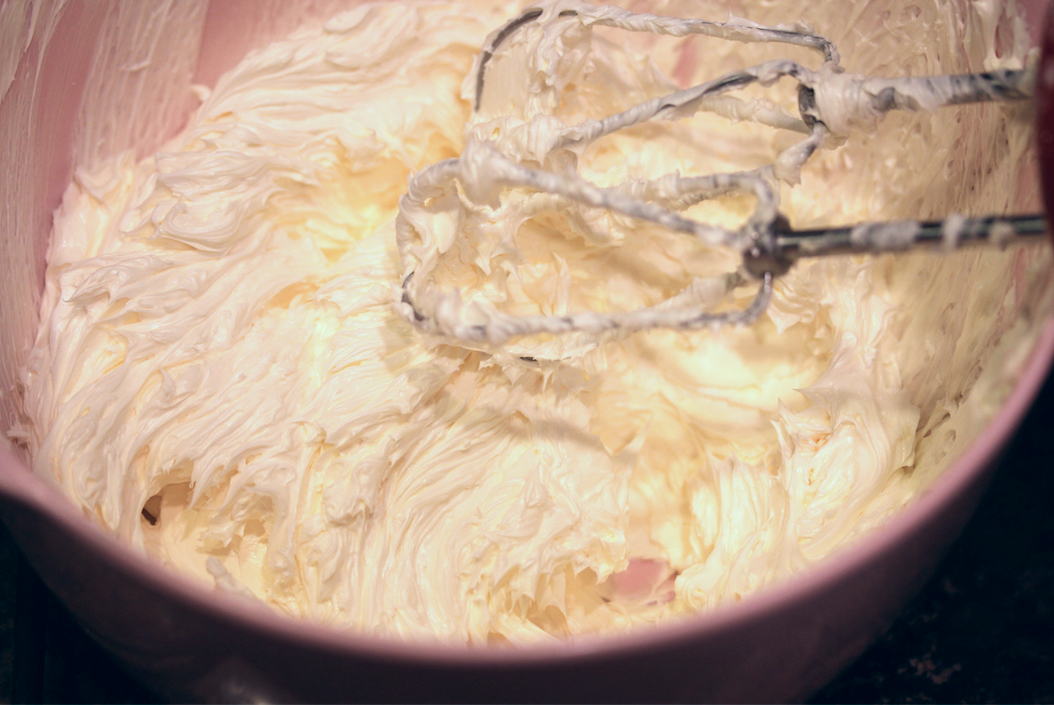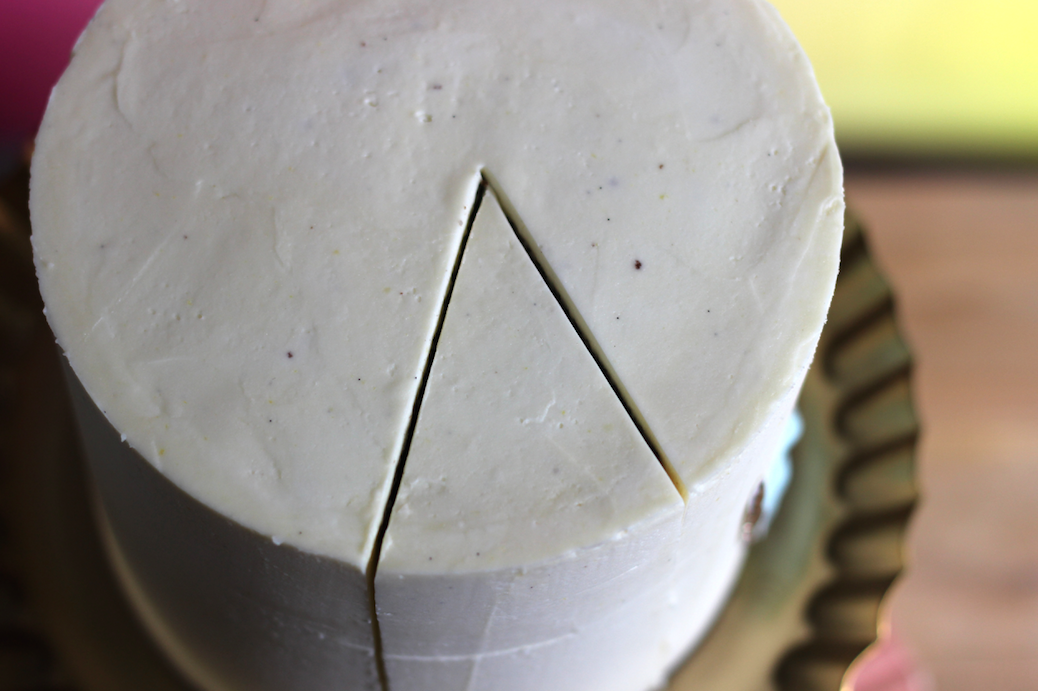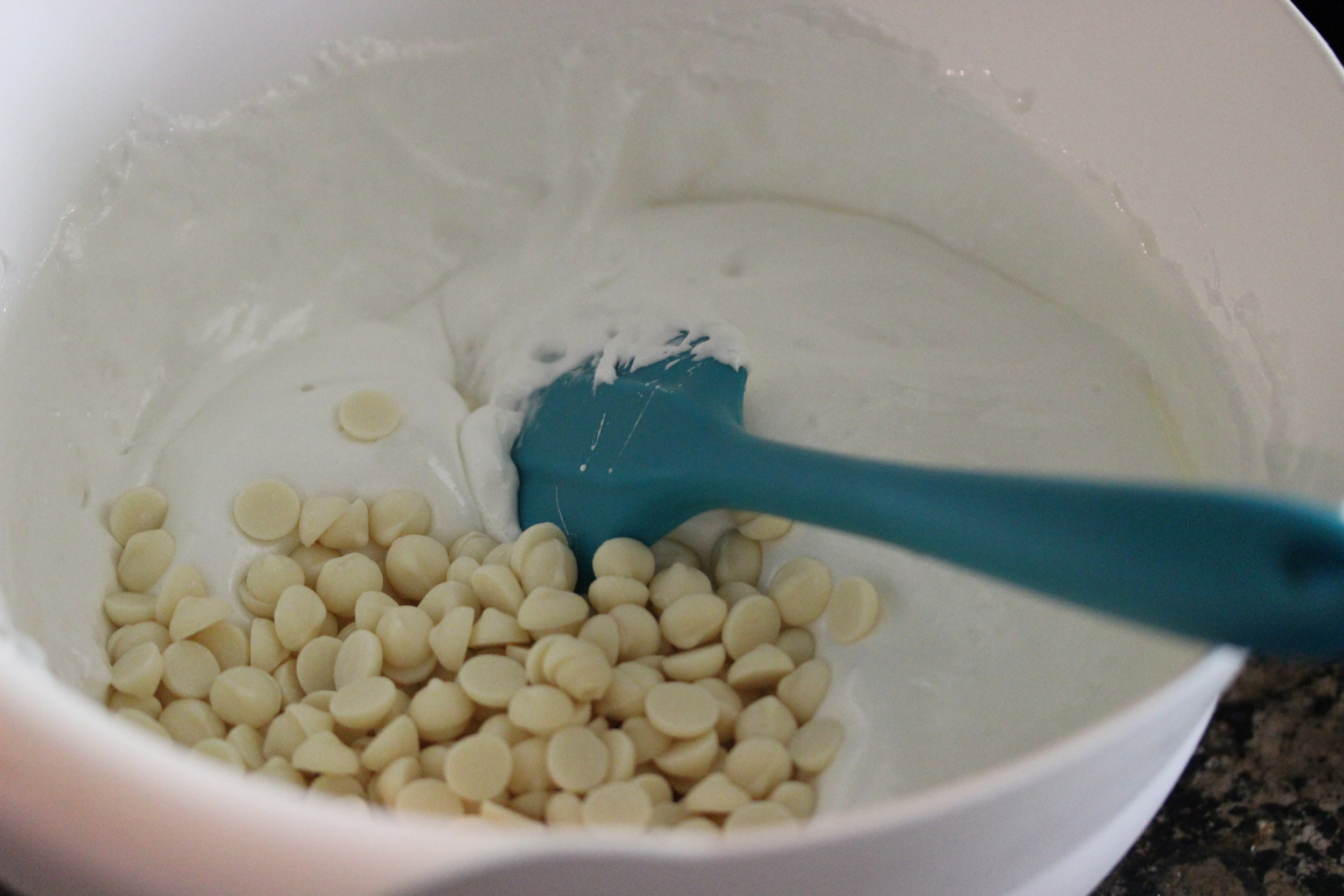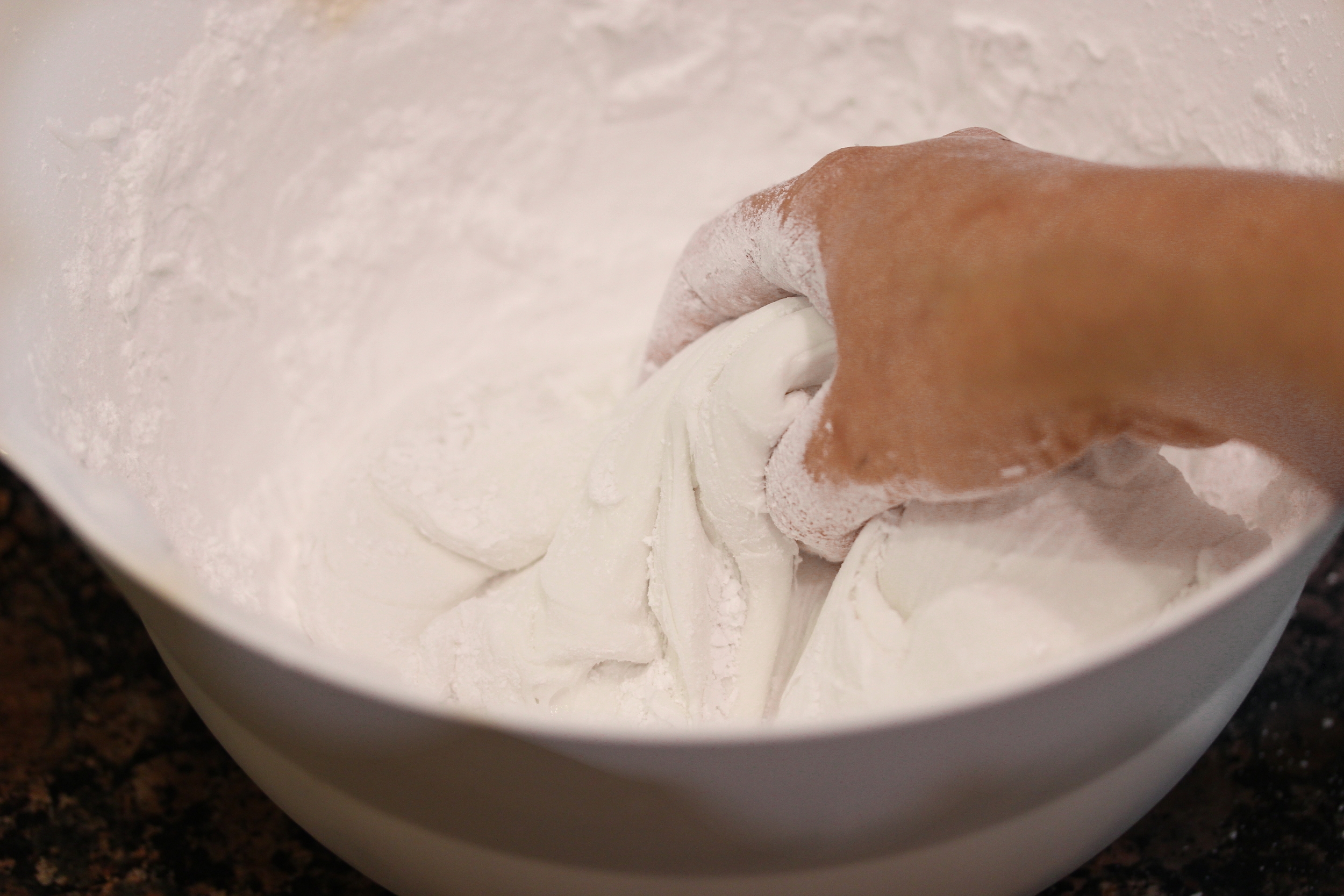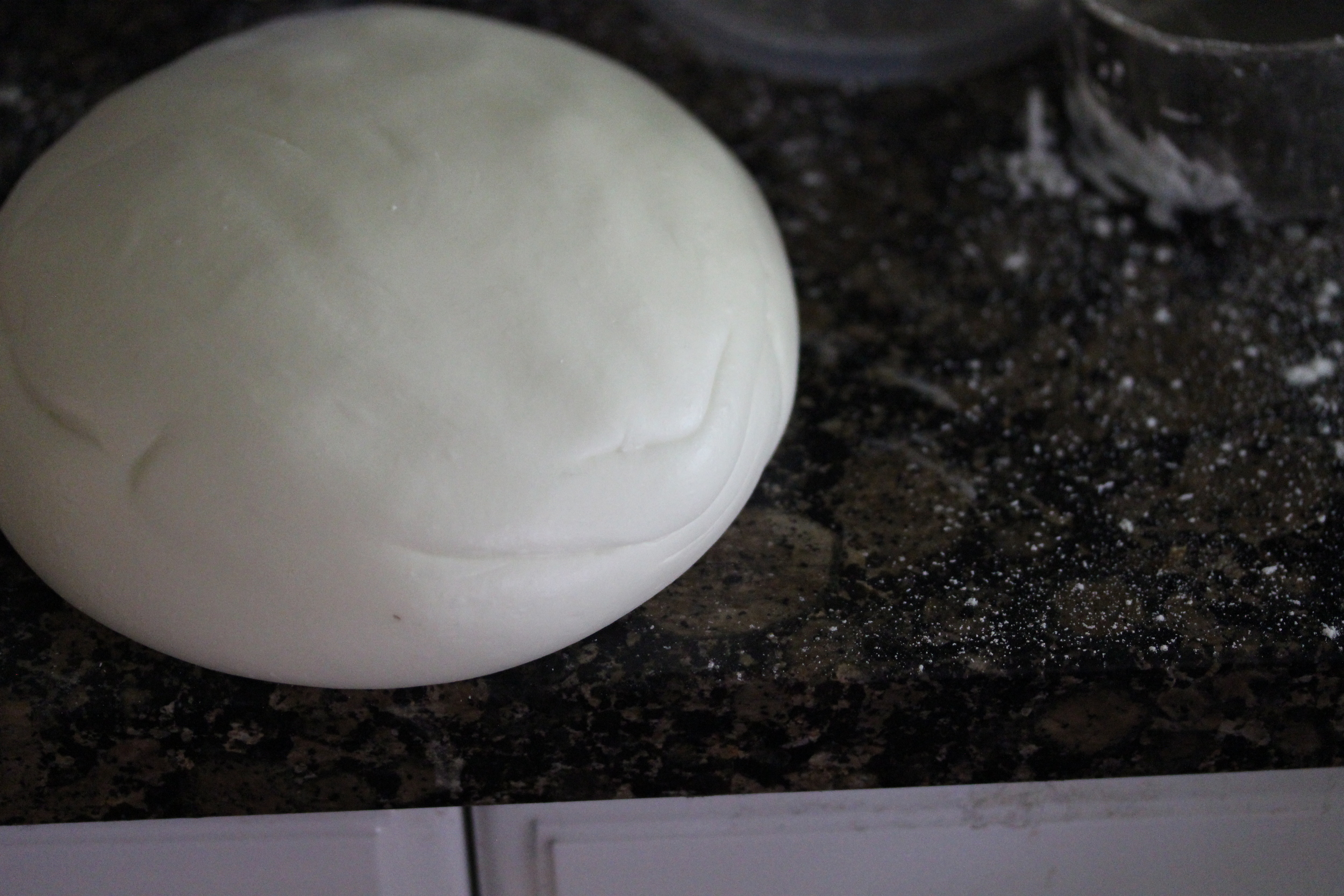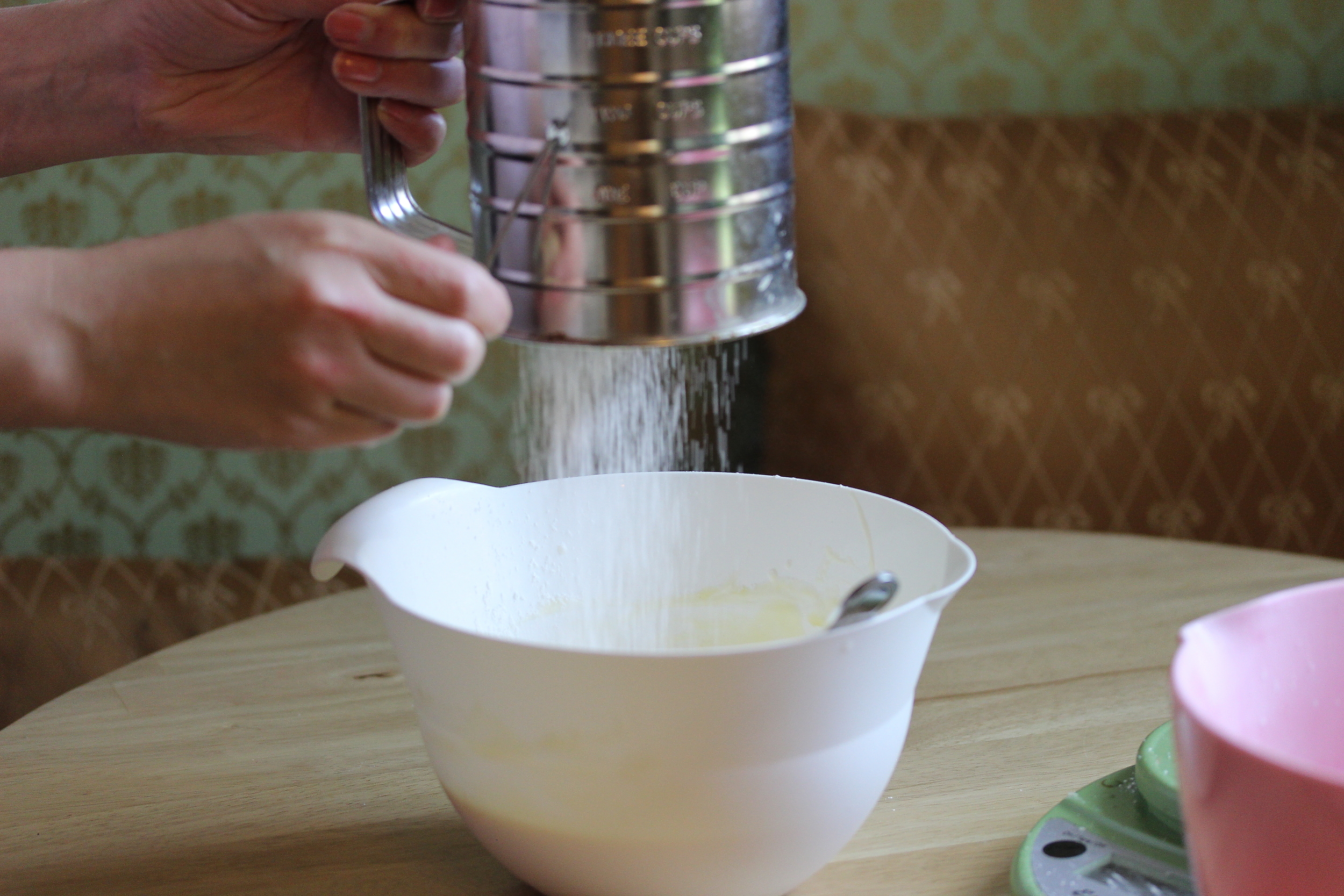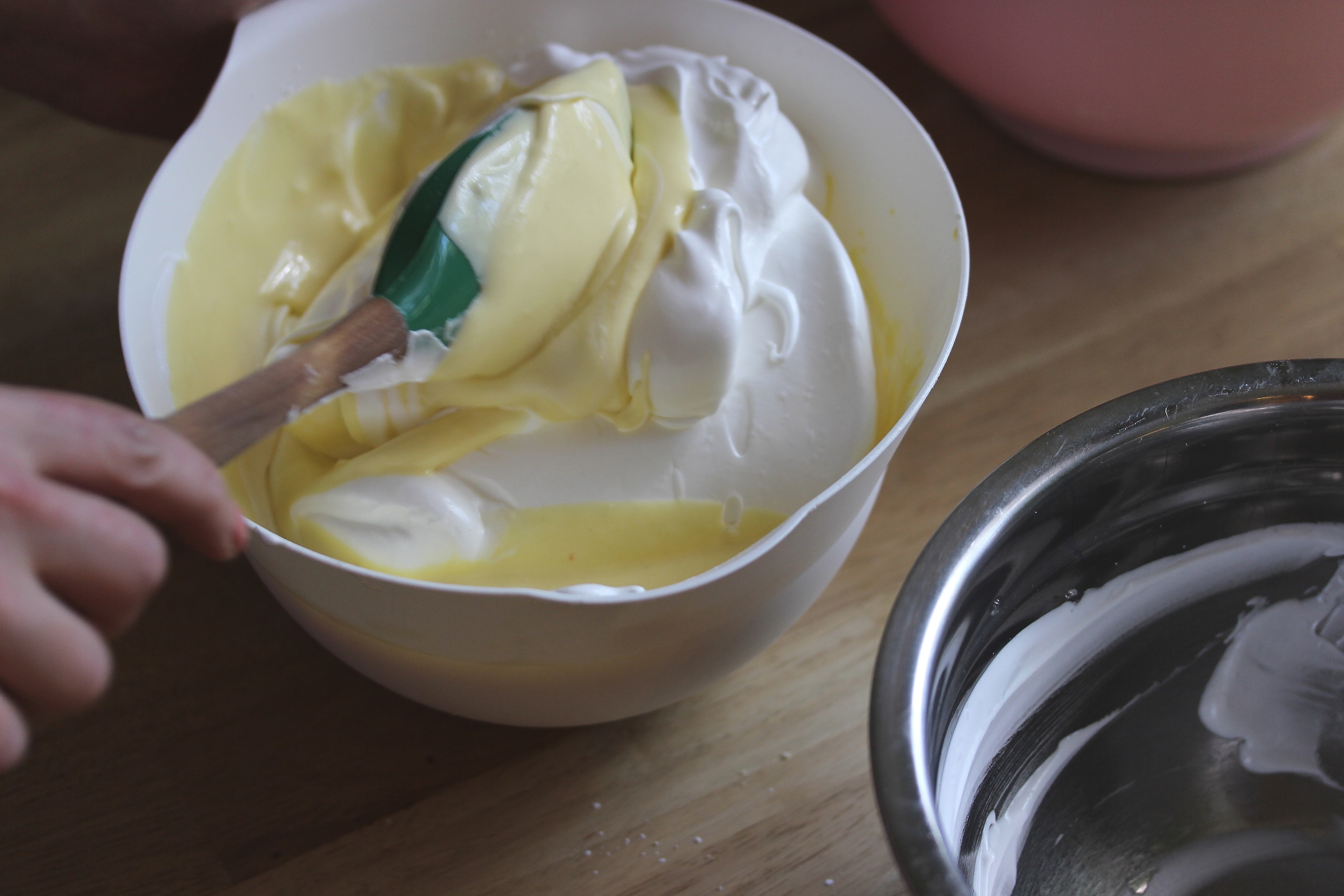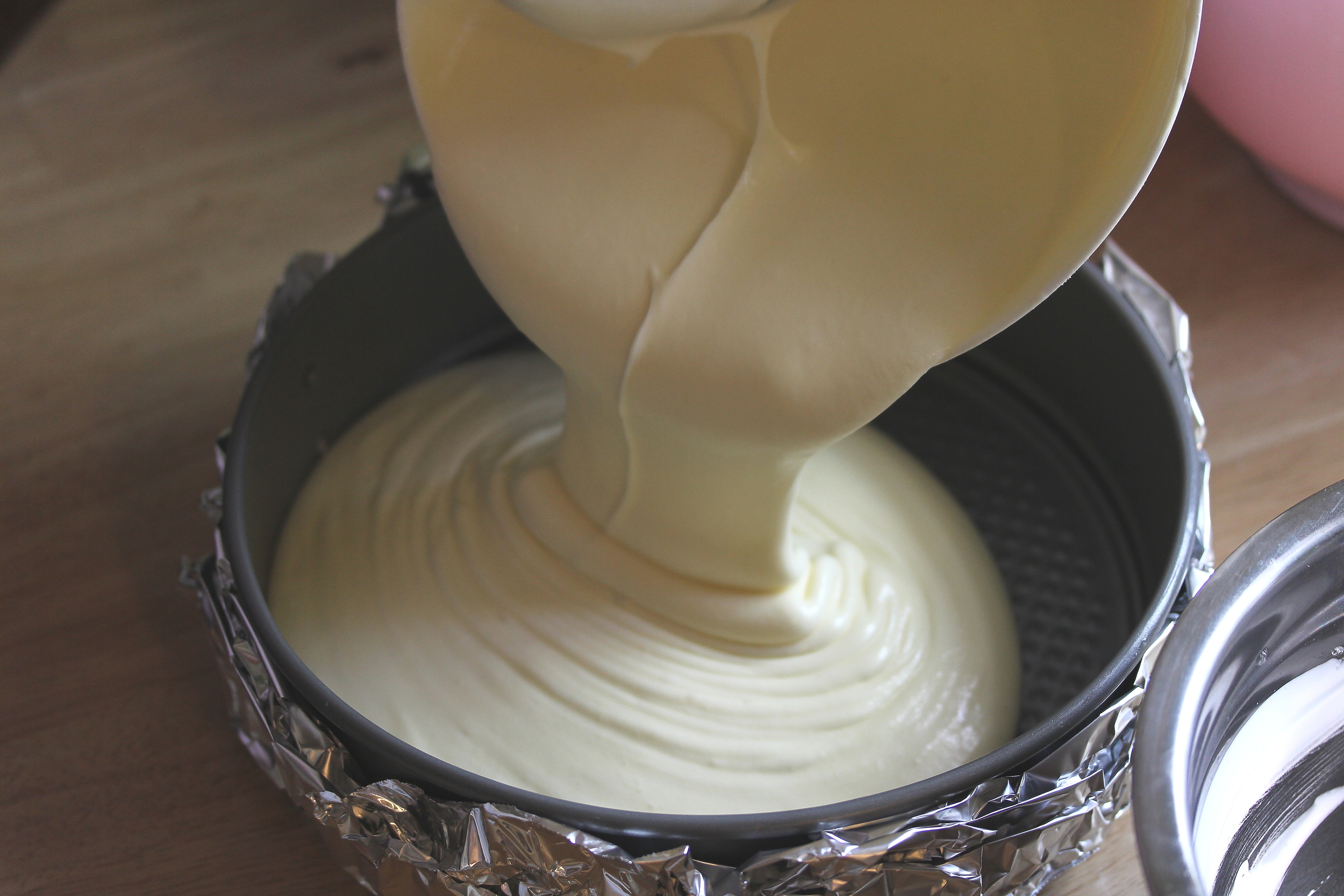This terrible thing happened to my tree, which is where our story starts. My spindly but well-loved peach tree.
I planted this peach tree in our front yard myself. I nurtured it, fed it, checked on its growth and progress obsessively. I documented its budding, flowering, and fruiting. I selectively pruned away 60% of the green peaches to make sure the remaining fruit would be large and flavorful. I monitored their progress for months.
Phone photos evidence my mania.
Then, I found one underdeveloped little peach on the lawn, half-gnawed. I was enraged. Little nibbly bites meant squirrels.
I festooned the tree with yards and yards of bird netting and secured it. Just for good measure, I sprayed all of the now-protected peaches with hot pepper spray which is supposed to burn the devil out of any little sneaky rodent mouths.
I checked on my peaches almost every day
The peaches kept disappearing. One morning, I found only three remained. More netting, more spray, and yes--I resorted to watching from the porch.
Soon the netting stakes were uprooted and every last peach was gone. Every. Single. Peach. Eaten by squirrels.
I admit it--I cried. I had been delightfully counting my proverbial chickens before they proverbially hatched, planning all the wonderful things I would make with those peaches. I started to plan my defenses for next year, which, I assure you, will be no mere cosmetic application of nets and staking. I'm going to build a goddamn fortress around this tree. And I will have homegrown Georgia peaches--next year.
Fortunately for me, LOTS of good people in Georgia grow fantastic peaches mere miles from my doorstep, so acquiring local peaches was no epic task.
Thank you Pearson Farm
This is one of the things I would have made with my peaches. Turns out, peaches from just down the road are just as tasty in this buttermilk cake.
Although many cake recipes use a touch of buttermilk as a tenderizer, this cake has a wonderfully pronounced buttermilk flavor because it simply has more. It tastes so buttermilky it reminds me of biscuits! So it pairs well with the sweet and fragrant flavor of fresh peaches. Often I will cook down a fruit I plan to incorporate into a cake batter (like strawberries, for example) to remove some of the water from the fruit and intensify its flavor, but I knew cooking these peaches would have destroyed their fresh taste and was also unnecessary, since they are already very intensely flavorful.
There is a lot of liquid in this cake, so a 50/50 mix of cake flour (I always use White Lily) and all-purpose flour will help keep the cake's structure intact. I recommend cooking this cake fully and allowing it to cool completely in the pan, as it is a delicate cake and can't take rough or rushed handling. A small amount of cornstarch in the batter helps to keep inclusions (like peach chunks) from sinking to the bottom of the pan while the cakes rise. Still, some will fall to the bottom--if you chop your peaches finely there is less of a chance they will all settle downward.
I frosted this cake with my version of 7-minute, or cooked flour, buttercream (post on this soon) and outfitted her in dusty blue fondant and an ombre swath of pink gumpaste spray roses. It's funny...I'm not a huge fan of roses, but somehow when they are made very small I suddenly love them. I guess it is a cuteness thing. The wafer paper leaves add light and transparency to the arrangement, although I'm still woking on a good system for getting the wires to stick to the leaves--it's much more annoying than gumpaste leaves!
Peach Buttermilk Cake
6 oz. all-purpose flour
6 oz. cake flour (White Lily)
1 Tbsp. corn starch
2 1/2 tsp. baking powder
1/4 tsp. baking soda
12 Tbsp. butter, softened
12 oz. sugar
1/3 c. vegetable oil
1 tsp. salt
1 Tbsp. vanilla extract
4 eggs, room temperature
1 1/2 c. buttermilk
2 c. finely diced fresh peaches (about 3)
Preheat oven to 350 degrees F.
Mix or whisk dry ingredients thoroughly and set aside. Whip butter and sugar until light and fluffy, then add oil, vanilla extract, and salt and whip until combined. Add eggs, one at a time, and beat until uniform and fluffy. Sprinkle in 1/3 of the dry ingredients and mix until combined, then add the rest and mix until just combined. Mix in buttermilk until smooth. Fold in peaches.
Divide batter among two or three greased and floured 8" or 9" pans and gently smooth tops--do not tap pans to remove air bubbles. Bake for 30-40 minutes until centers are fully set and spring back when pressed--undercooking will result in a gummy texture. Allow to cool completely in the pan, then split, fill, and frost.
I dare you to come get this one, squirrel jerks
